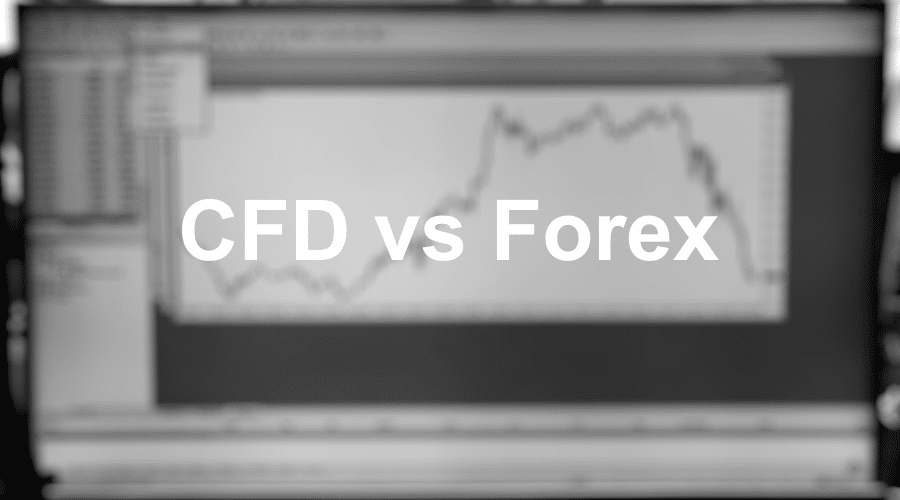CFD trading and Forex trading is popular among traders. While there are some similarities, there are also differences. We will take a look at what these are below.
Contract for difference consist of a contract between brokers and traders to pay the difference in the entry and exit price of an underlying asset. When trading traders have a lot of flexibility in terms of what to trade, the value traded, and currencies traded used. The profit or loss is calculated based on the difference between the entry and exit price and multiplied by the number of CFD units. If you want to learn what CFD means, check out our guide here.
Forex trading is straightforward. You trade currencies against one another. The foreign exchange market is the largest available, the daily trading volume is more than $5 trillion.
Similarities
Ownership of assets
When trading Forex or CFDs, you don't own the underlying asset. When traders buy EURGBP, they aren't buying the actual currency. The trader is speculating on the exchange rate. CFDs are similar. When you buy the Apple stock CFD for example, you don't own the stock but speculate on the price movement. You can say Forex is just a type of CFD.
Trade execution
The trade execution process is similar and is traded over-the-counter (OTC). This means the transactions take place decentralized, over a network of financial institutions.
Costs
The only cost for trading both is the spread. With other types of investments traders pay commissions and other fees.
Going long or short
Both markets allow you to go long or short on positions. This is one of the distinct advantages of trading forex and CFDs. Traders can speculate the price movement in any direction. These markets are highly volatile and prices go up and down. If you think the financial asset is going to do well, then you can go long, i.e. buy. If not, then you believe the asset is going to lose value so that you can go short, i.e. sell.
Use of Leverage
When trading CFDs and forex, you are have access to more capital from your broker through margin and leverage. This allows you to open positions that are greater than the amount that is in your account. Every broker sets their leverage ratios and determine how much margin (i.e. deposit) you need to put down to use leverage. An example of this is that you may be required to put down 10% of the total trade. If the full trade cost $10000, you would only need $1000 to trade it.
Differences
Forex trading offers currency trading. CFD trading on the other hand, has a variety of markets available to trade in. With CFDs you can trade many markets such as: commodities, stocks, indices, options, ETfs, and more.
With CFDs you can trade a variety contracts that have different value and currencies, depending on the origin of the underlying asset. Forex trading is limited to trading currencies against one another and in determined lot sizes.
Another difference is the way the markets are influenced. The currency market is influenced by global events, like political changes. With CFDs you trade different markets, driven by supply and demand, trends, business sector development, and many others.
